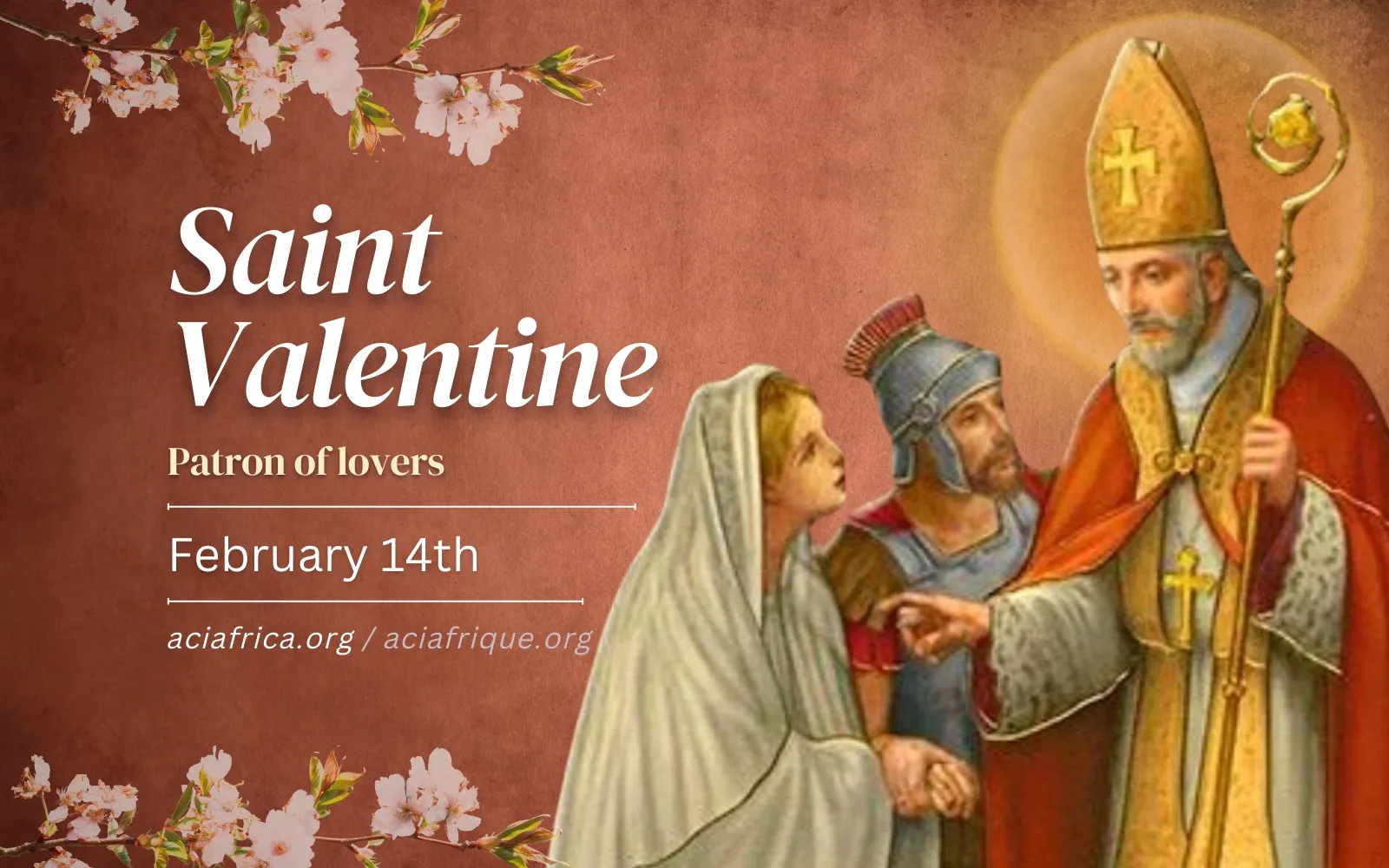“More or less at that time, especially around the mid-third century, there was sort of a crisis in the Roman world known as the Third Century Crisis, where the Roman world was really in great peril,” Lupton told CNA. “There was a great amount of inflation. There were barbarian incursions at the time. There was lots of political instability. So that sort of unleashed the first general persecution of Christians. Prior to that time, there were local persecutions, but they were local and sporadic.”
Some Valentine’s Day traditions can be correlated with St. Valentine’s life, such as the exchanging of cards, Lupton said, or the celebration of romantic love.
“One (account) was that he had befriended the jailer's daughter, where he was being imprisoned, and when he died, he left her a note inscribed with ‘From your Valentine,’” Lupton said. Other accounts say that exchanging cards on Valentine’s Day recalls how St. Valentine would send notes to fellow Christians from prison.
“Another story is that Claudius the Goth actually had prohibited marriage amongst soldiers. He felt that if soldiers were married, they'd be less devoted to the army, especially at that time and they needed as many troops as possible. So there was a legend that Valentine actually had married soldiers in secret,” Lupton said.
St. Valentine’s Day as it is known today was also instituted as a substitute for a cruder Roman holiday at the time, called Lupercalia, Lupton added.
(Story continues below)
Lupercalia was a popular feast celebrated in Rome, during which a group of pagan priests would sacrifice different types of animals and then run through the streets of Rome, slapping young women with the animal hides, a ritual that was thought to guarantee their health and fertility for the year.
“And so Pope Gelasius, he was around the fifth century...replaced the Lupercalia with Saint Valentine's Day,” Lupton said.
Parts of Valentine’s Day are entirely unrelated to the real St. Valentine. He did not, for instance, go around shooting people (or even hearts for that matter) with bows and arrows. That imagery was taken from the Roman god Cupid, who was also a god of love, Lupton said.
He also did not distribute chocolates to his loved ones; the real St. Valentine predates chocolates as we know them by more than 1500 years.
But Christians can still learn from the example of St. Valentine, Lupton said, even if they are not at risk of actual martyrdom.
“You could say that in some ways, although few are called to martyrdom as Christians, in almost every act of love, there's an element of self-sacrifice, self-renunciation,” he said.





